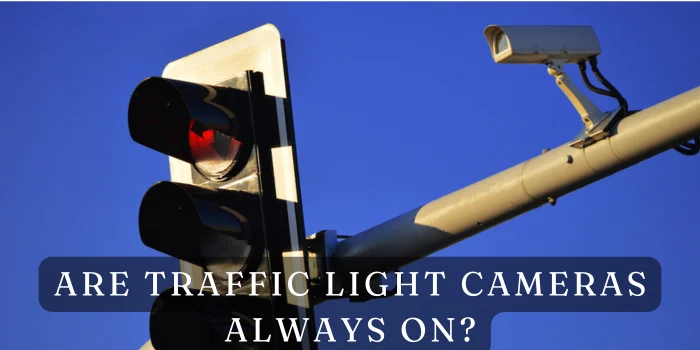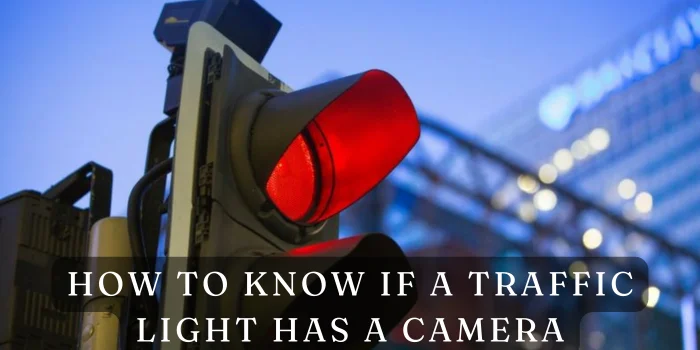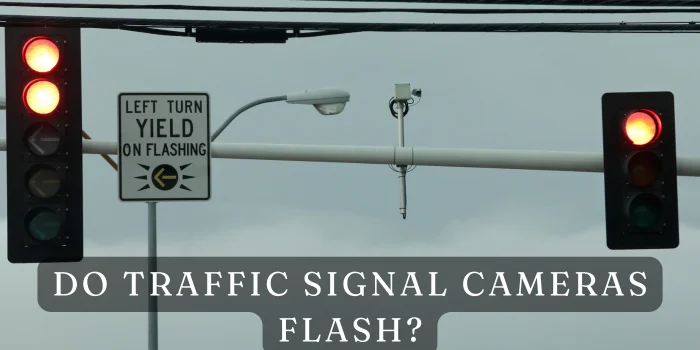Which Vehicles Are Prohibited from Using the Motorway
Motorways are the backbone of the UK’s road network, designed to keep traffic flowing quickly and safely over long distances. They are built with specific vehicle types in mind, ensuring that everyone on the road can travel at consistent speeds without unnecessary delays. But not all vehicles are suited for these fast-paced roads. Certain types of motorways are explicitly prohibited, mainly for safety reasons.
Understanding which vehicles are not allowed on motorways is crucial for your safety and the safety of others. Let’s dive into the list of vehicles that are banned from these high-speed roads.
Pedal Cycles:
Why Bicycles Aren’t Allowed:
Bicycles might be a popular mode of transport for shorter trips, but they are not permitted on motorways. The reason is simple: speed. Bicycles cannot match the high speeds of cars and lorries, making them a significant hazard on highways.
Safety Concerns on High-Speed Roads:
Imagine cycling on a road where vehicles travel at 70 mph or more. It’s not just dangerous; it’s practically impossible to keep up. The risk of accidents is too high, so pedal cycles are banned from these roads.
Agricultural Vehicles:
Tractors and Their Limitations:
Agricultural vehicles, like tractors, are essential for farming but are not meant for motorways. These vehicles are designed to move slowly and carry heavy loads, not for speed.
Speed Restrictions and Motorway Suitability:
Tractors generally operate at much lower speeds than cars, making them unsuitable for motorways. The speed differential would create a bottleneck, increasing the risk of collisions. For this reason, agricultural vehicles are not allowed on highways.
Mobility Scooters:
Design Limitations:
Mobility scooters are a lifeline for many people with mobility issues, but they are not built for the speeds required on motorways. Their design focuses on comfort and accessibility rather than speed.
Potential Hazards on Motorways:
Taking a mobility scooter onto a motorway would be like trying to drive a go-kart in a race with high-performance cars. The difference in speed would make it incredibly dangerous for the scooter user and other drivers. This is why mobility scooters are prohibited on motorways.
Learner Drivers:
Restrictions on Motorway Driving:
If you’re learning to drive, motorways are off-limits unless you’re with an approved driving instructor. The complexity of motorway driving requires a certain level of experience that learner drivers typically need to gain.
Exception for Approved Instructors:
However, if you are with an instructor and the car is fitted with dual controls, you can practice on motorways. This relatively new rule aims to prepare learners for all driving conditions.
Horse-Drawn Vehicles:
Historical vs. Modern Road Use:
Horse-drawn vehicles were once standard on roads, but times have changed. The fast pace of motorways makes them unsuitable for these types of transport.
Why Motorways Are Inappropriate for Horses:
Bringing a horse onto a motorway would be a recipe for disaster. The noise, speed, and traffic volume would terrify the animal, leading to a dangerous situation. Therefore, horse-drawn vehicles are banned from motorways.
Pedestrians:
The Danger of Walking on Motorways:
Walking on a motorway is not only illegal but also extremely dangerous. Motorways are designed for motor vehicles only, and the high speeds make them unsafe for pedestrians.
Alternative Routes for Pedestrians:
If you need to cross or walk near a motorway, pedestrian bridges and underpasses are provided for your safety. Always use these alternatives instead of attempting to walk on the highway itself.
Motorcycles Under 50cc:
Engine Capacity and Speed:
Motorcycles with an engine capacity of less than 50cc are also banned from motorways. These bikes can’t reach the minimum speeds required for safe motorway travel.
Minimum Speed Requirements on Motorways:
Motorways have a minimum speed limit to ensure all vehicles can keep up with the traffic flow. Small motorcycles don’t meet this requirement, making them a hazard on these roads.
Invalid Carriages:
Purpose and Design of Invalid Carriages:
Invalid carriages are specifically designed for individuals with disabilities. While they are perfect for short trips in town, they are not suitable for the high speeds of motorways.
Why They Are Unsuitable for Motorways:
The slow speed and small size of invalid carriages would make them significantly risky for motorways. Like mobility scooters, they are banned to protect users and other road users.
Construction Vehicles:
Size and Speed Constraints:
Certain construction vehicles, particularly oversized or operating at low speeds, are also banned from motorways. These vehicles are designed for something other than fast travel, making them a hazard on these roads.
Exceptions for Certain Vehicles:
However, there are exceptions. Some construction vehicles are allowed if they meet specific speed and safety requirements. These exceptions are rare and strictly regulated.
Conclusion:
Understanding which vehicles are prohibited from motorways is essential for keeping everyone safe. Whether driving, cycling or even walking, knowing the rules helps prevent accidents and ensures a smooth traffic flow. Always stick to the regulations and use the appropriate roads for your vehicle.
FAQs:
Can a scooter be used on the motorway?
Scooters are generally prohibited on motorways due to their limited speed and safety concerns.
Are electric bicycles allowed on motorways?
Electric bicycles, like regular bicycles, are not permitted on motorways. They cannot reach the necessary speeds.
What’s the minimum speed required on a motorway?
The minimum speed on most motorways is typically around 50 mph to ensure traffic flows smoothly.
Can learner drivers ever drive on a motorway?
Yes, but only if accompanied by an approved driving instructor in a car with dual controls.
Are there any exceptions to these rules?
In some cases, certain vehicles may be allowed on motorways under specific conditions, but these are rare exceptions.






